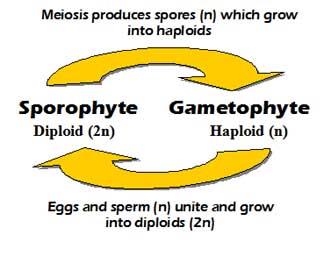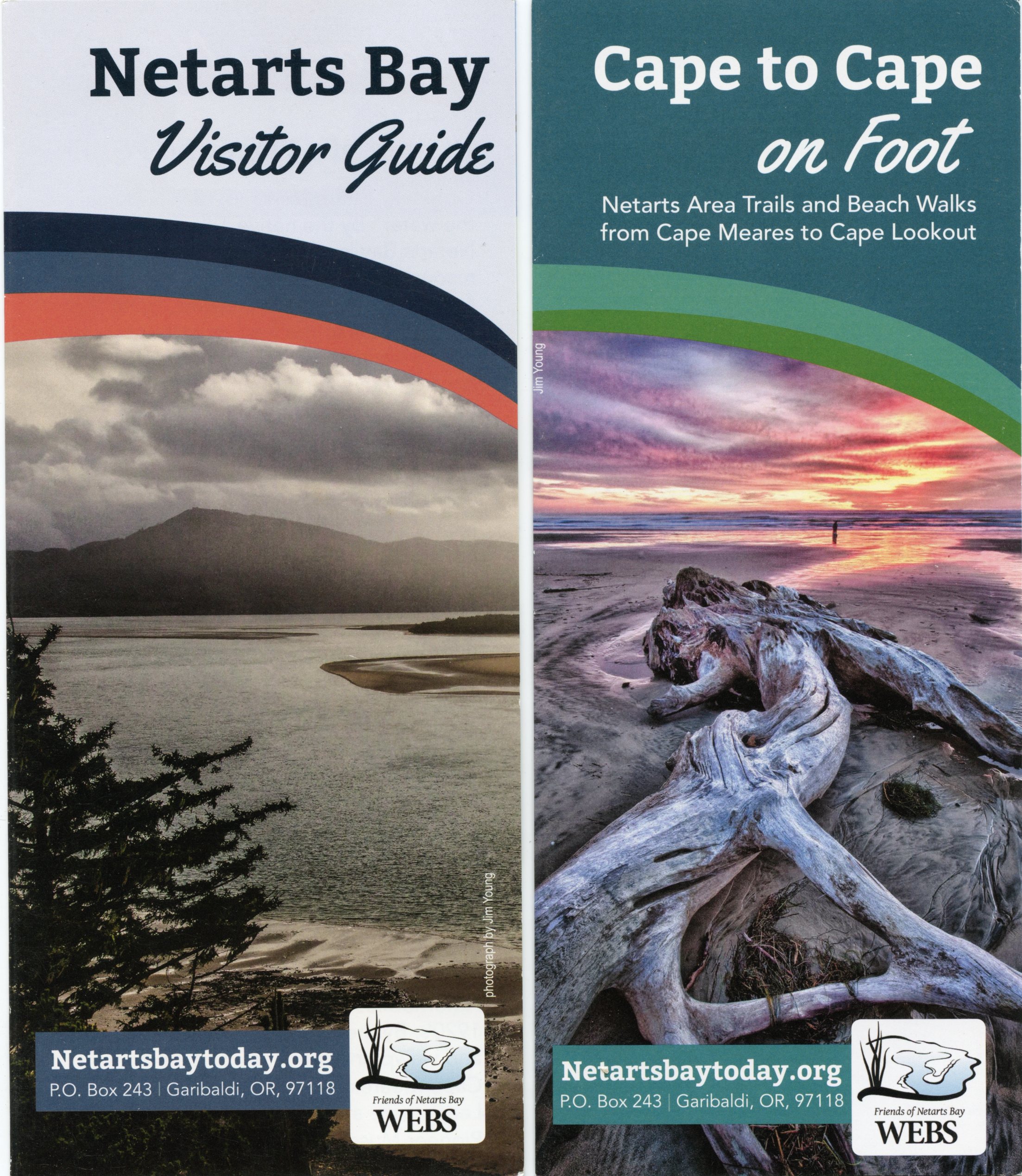Another complication is that mature free-living phases of some species have morphologies that are heteromorphic with independent stages that are distinctly different from each other, and other species are isomorphic with phases that look almost identical to each other. Those algae with isomorphic phases sometimes have different demographics; they are differently distributed as gametophyte or sporophyte populations, depending on seasons, the amount of shelter or wave exposure, and other environmental factors.
------------------------------------------
For more information on seaweed biology, life cycles and identification, I recommend the following books:
Abbot, Isabella A. and George J. Hollenberg. 1976. Marine Algae of California. Stanford University Press. Stanford, California.
Dawson, E. Yale. 1966. Marine Botany - An Introduction. Holt, Rinehart and Winston, Inc., New York.
Druehl, Louis, and Bridgette E. Clarkston. 2016. Pacific Seaweeds. Harbour Publishing, Madeira Park, British Columbia.
Gabrielson, Paul W,, Sandra C. Lindstrom, and Charles J. O'Kelly. 2012. Keys to the Seaweeds and Seagrasses of British Columbia, Southeast Alaska, Washington and Oregon. University of British Columbia, Physiological Contribution Number 8.
Kozloff, Eugene N. 1983. Seashore Life of the Northern Pacific Coast - An Illustrated Guide to Northern California, Oregon, Washington, and British Columbia. University of Washington Press, Seattle, Washington.
Lamb, Andy and Bernard P. Hanby. 2005. Marine Life of the Pacific Northwest - A Photographic Encyclopedia of Invertebrates, Seaweeds and Selected Fishes. Harbour Publishing, Madeira Park, British Columbia.
Mondragon, Jennifer and Jeff Mondragon. 2003. Seaweeds of the Pacific Coast - Common Marine Algae from Alaska to Baja California. Sea Challengers, Monterey, California.
O’Clair, Rita M. and Sandra M. Lindstrom. 2000. North Pacific Seaweeds. Plant Press, Auke Bay, Alaska.
Snively, Gloria. 1978. Exploring the Seashore in British Columbia, Washington and Oregon - A Guide to Shorebirds and Intertidal Plants and Animals. Gordon Soules Book Publishers, West Vancouver, British Columbia.
Reference:
Thornber, Carol S. 2006. Functional properties of the isomorphic biphasic life-cycle. Intg. Comp. Biol. 46:605-614.

